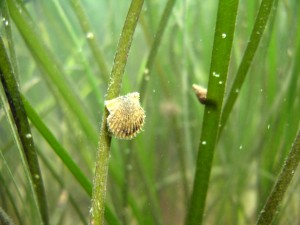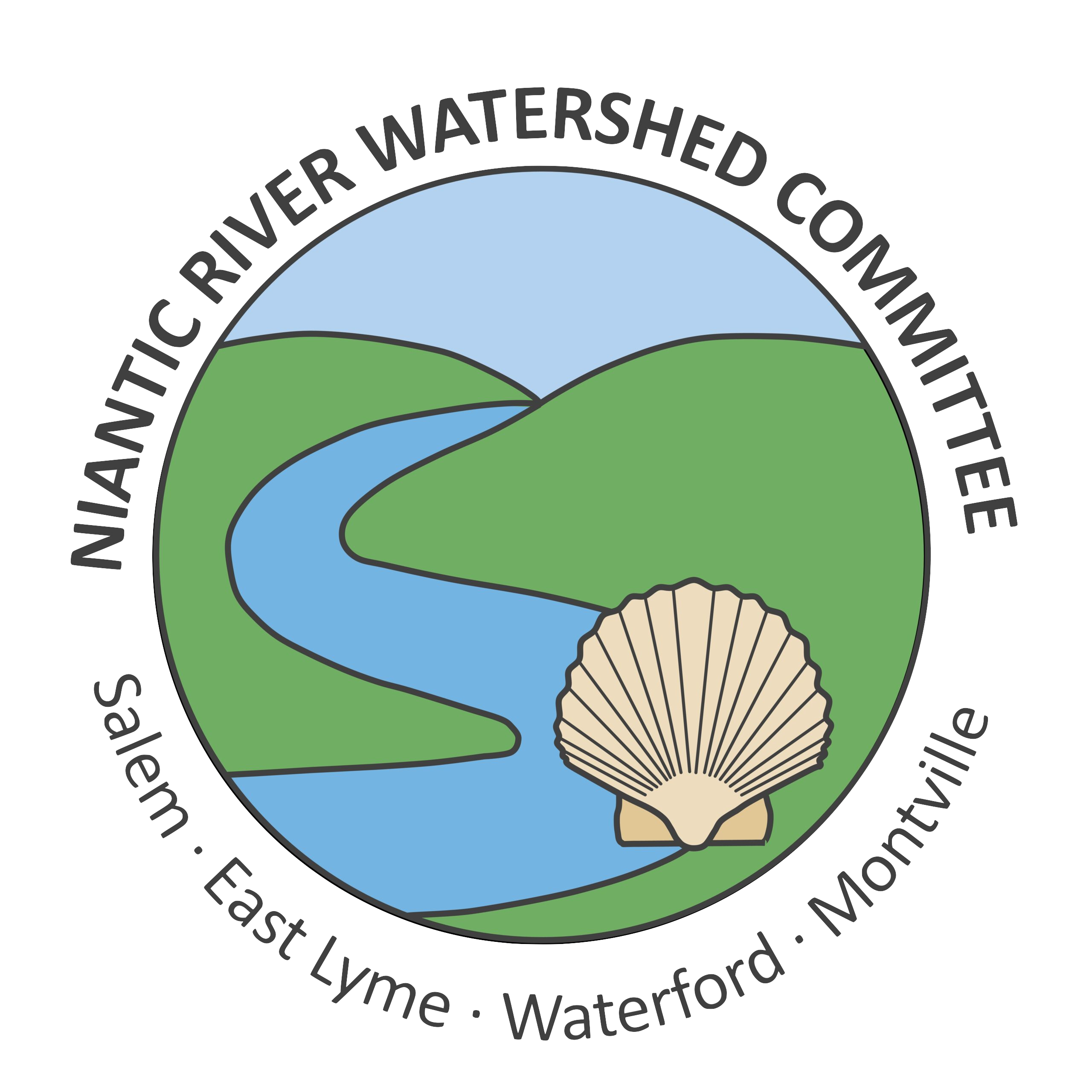We All Live Downstream

Although the Niantic River is generally pretty healthy, there are times when water quality is not so good. The river has been described as a estuary on the edge by water quality experts. That is because at certain times of the year, the river experiences environmental stresses that threaten water quality and the estuarine habitat for aquatic animals. This is especially true during the summer months when rising water temperatures and the biological activity of decomposing bacteria deplete oxygen levels, threatening aquatic species, including eelgrass and shellfish.
There are two active shellfish beds in the Niantic River. The upper bed remains open year round, while the lower bed is closed during boating season. Following one inch of rainfall, the State of Connecticut’s Department of Agriculture Bureau of Aquaculture, is required to close both shellfish beds, regardless of the time of year. Rain carries dangerous pathogens, including bacteria and viruses into the river, where it is filtered by shellfish, making them temporarily unsafe for consumption. It takes from 14 to 28 days for shellfish to cleanse themselves (depurate) so that potentially harmful bacteria are no longer a concern (until the next 1″ rainstorm).
The State of Connecticut Integrated Water Quality Report to Congress states that the water quality of the Niantic River is not supporting aquatic life known to inhabit the estuary. Symptoms of this condition include algal blooms, seasonal variations in eelgrass populations, loss of scallop populations, and changes to fish communities. The cause of impairment is not completely understood; however, there is a building body of scientific evidence that states the river is overloaded with nutrients, primarily nitrogen. Nitrogen enriches the brackish Niantic River water, like fertilizer on a lawn, increasing algal and plant growth. Like bacteria, nutrients flow to the river with stormwater and are considered a problem of non-point source pollution.
Without the continued maintenance of existing water quality conditions, or attempts to reduce non-point source inputs, the health of the Niantic River ecosystem will deteriorate further. To view the list of potential sources of non-point source pollution, its characteristics, and its impacts click here.
If you live in the Niantic River Watershed, which includes parts of East Lyme, Waterford, Salem and Montville, then drainage from your site ends up in local streams such as Latimer Brook, Stony Brook, and Oil Mill Brook. These all drain to the Niantic River, then into Long Island Sound.
This means we are all responsible for what happens in our local streams and rivers as well as Long Island Sound. It also means we can all do our part in helping the Niantic River and all its ponds, streams, brooks and wetlands.
Read on to find out what you can do to help!
The Niantic River Watershed Website is funded in part by the CT DEP through a US EPA Nonpoint Source grant under §319 of the Clean Water Act.
